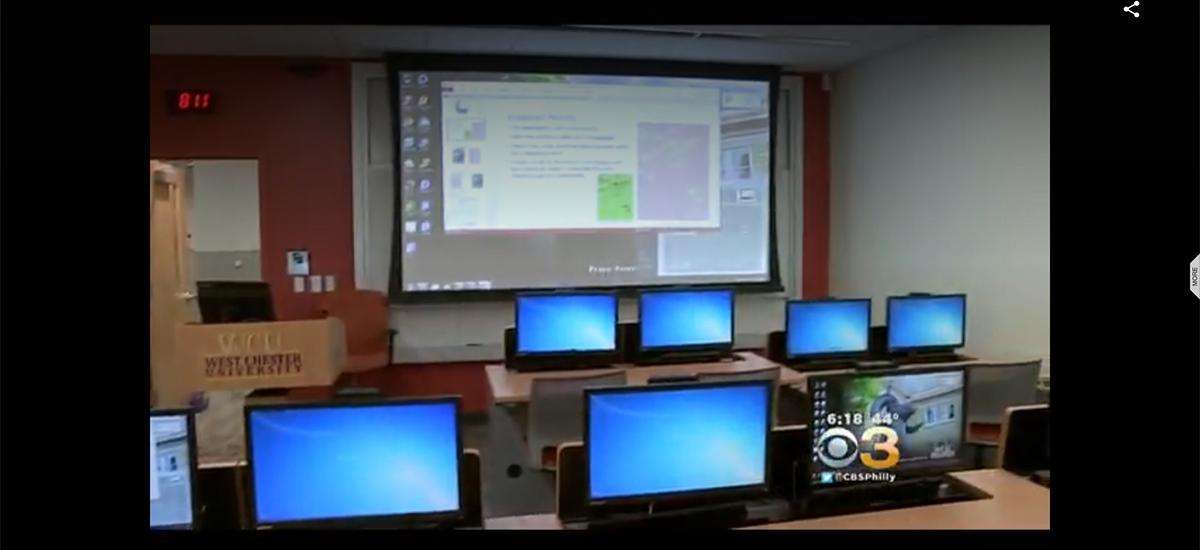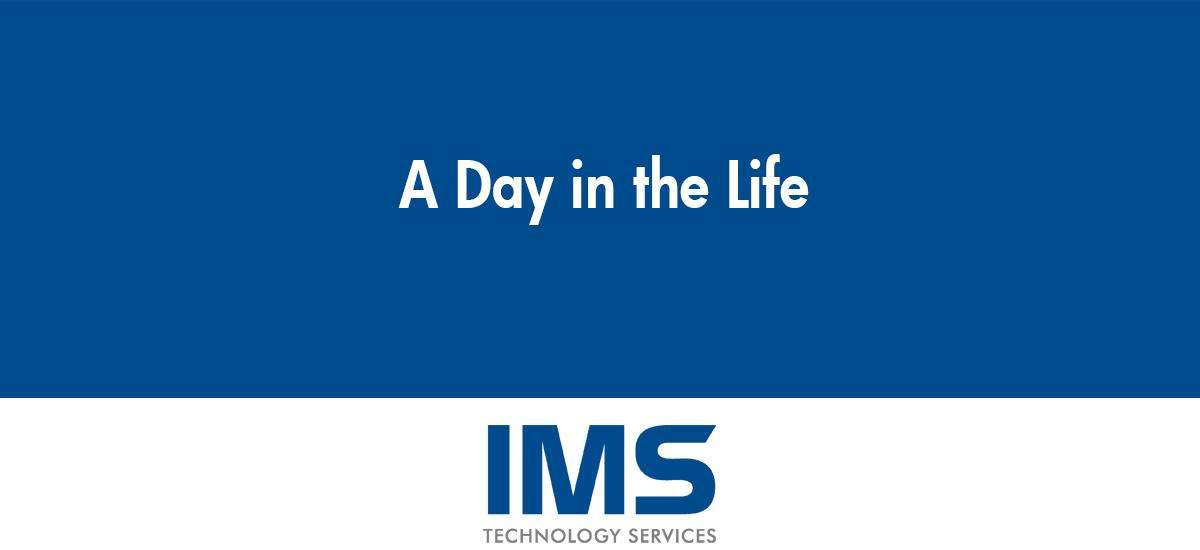How Do I Approach Scenic Design For My Events?
When incorporating scenic elements into your event for the first time or when expanding upon your strategy, there are a million-and-one things to think about … but here are a few to get you started!
Read more
How Does the Global Economy Affect the Meeting Planning Industry?
The meetings and events industry is affected by many factors, and the global economy is a big one. Even if your events are held only in the U.S. or even in one region of the country, the global economy has an impact on your budget.
Read more
Cutting-Edge Technology At West Chester University Prepares Students For Real World
IMS is proud to have provided much of the presentation and collaboration technology inside this high-tech flagship building for West Chester University of PA! Check out some of the cool tech showcased in this piece by CBS 3 KYW-TV!
Read more
Seven Offices: A Day in the Life of an Integration Project Manager
This is the second installment of a new series of "Day in the Life" articles featuring IMS team members and how they spend their day on the road supporting our clients. This is the recent "day in the life" of Daniel Flynn, Integration Project Manager.
Read more
The Challenges of 4K/UHD Video
Staying in front of changes in the professional AV market can be challenging. The technology is changing every day and the consumer market now drives the professional market. Some would say the tail is wagging the dog. This really became the case when HDMI was introduced as a standard for home video and professional AV has never been the same.
Read more
Who’s Managing Your Technology and A/V Systems?
Technology has become an integral part in today’s business environment, from small think tank and collaboration rooms to full blown video conference and presentation rooms. Companies depend on this technology to collaborate, train, and drive their business. Companies are also investing much more on technology than in years past to provide their employees and their clients the type of experience they have come to expect and rely upon. The dependence on and the investment in this technology means that it is critical that the systems work consistently and reliably.
Read more





